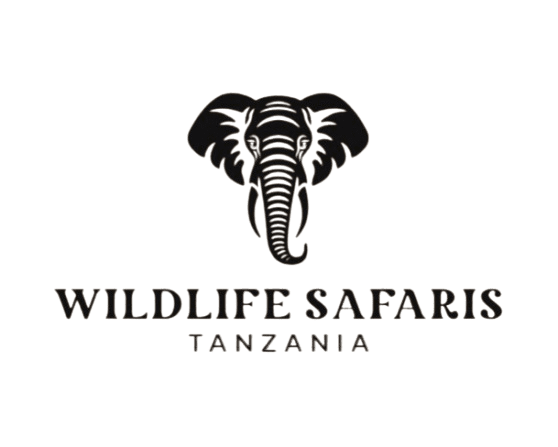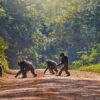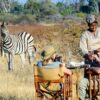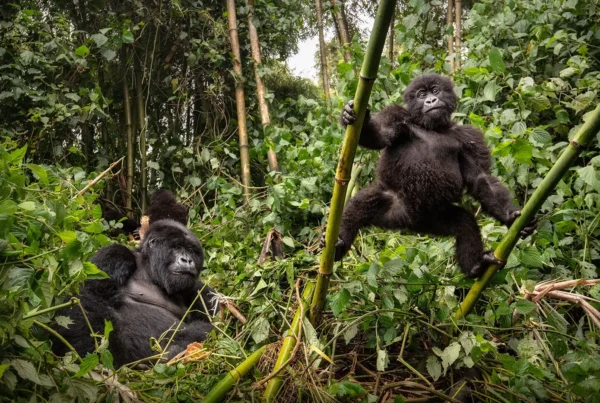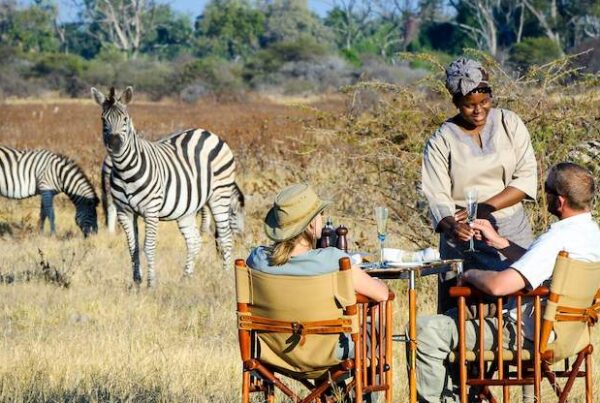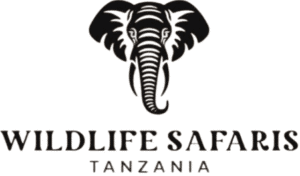Discovering the Trails of the Northern Safari
Because it is home to amazing, internationally renowned landmarks, this circuit is well-known among safari-goers. You’ll encounter famous animals, magnificent mountains, and fascinating civilizations in this region. Recent statistics show that 75% of Tanzanian safari reservations take place in the northern safari circuit. My question is, why? Reason being, it is both easily accessible and home to three breathtaking natural wonders: the Serengeti, Kilimanjaro, and Ngorongoro.
Major points of interest in the Northern Circuit.
The Serengeti National Park.
A wildlife reserve that has gained global fame, the Serengeti has been featured in several documentaries, including The Lion King. Thanks in large part to its fantastic animal migration, the Great Migration, it receives more than 300,000 people annually. Wildebeest and zebras are always on the move in this park, as they do every year to find the ideal spots to graze in the lush grass.
Additionally, the Serengeti is home to the greatest concentration of predators on Earth. A lot of people go there to see the savannah grasslands ruled by massive prides of lions. And to witness hyenas darting across the expansive wilderness, leopards perched in trees, and cheetahs relaxing on kopjes. Other tiny predators include mongooses, bat-eared foxes, wildcats, genets, and jackals.
Because you never know what kinds of safari games you could see on a game drive in the Serengeti, each safari is different. Because of this, your Big Five safari will be absolutely unforgettable. As you eagerly await the appearance of a leopard perched in an acacia tree by the Seronera Riverbanks, a giraffe suddenly appears, nibbling on the treetops.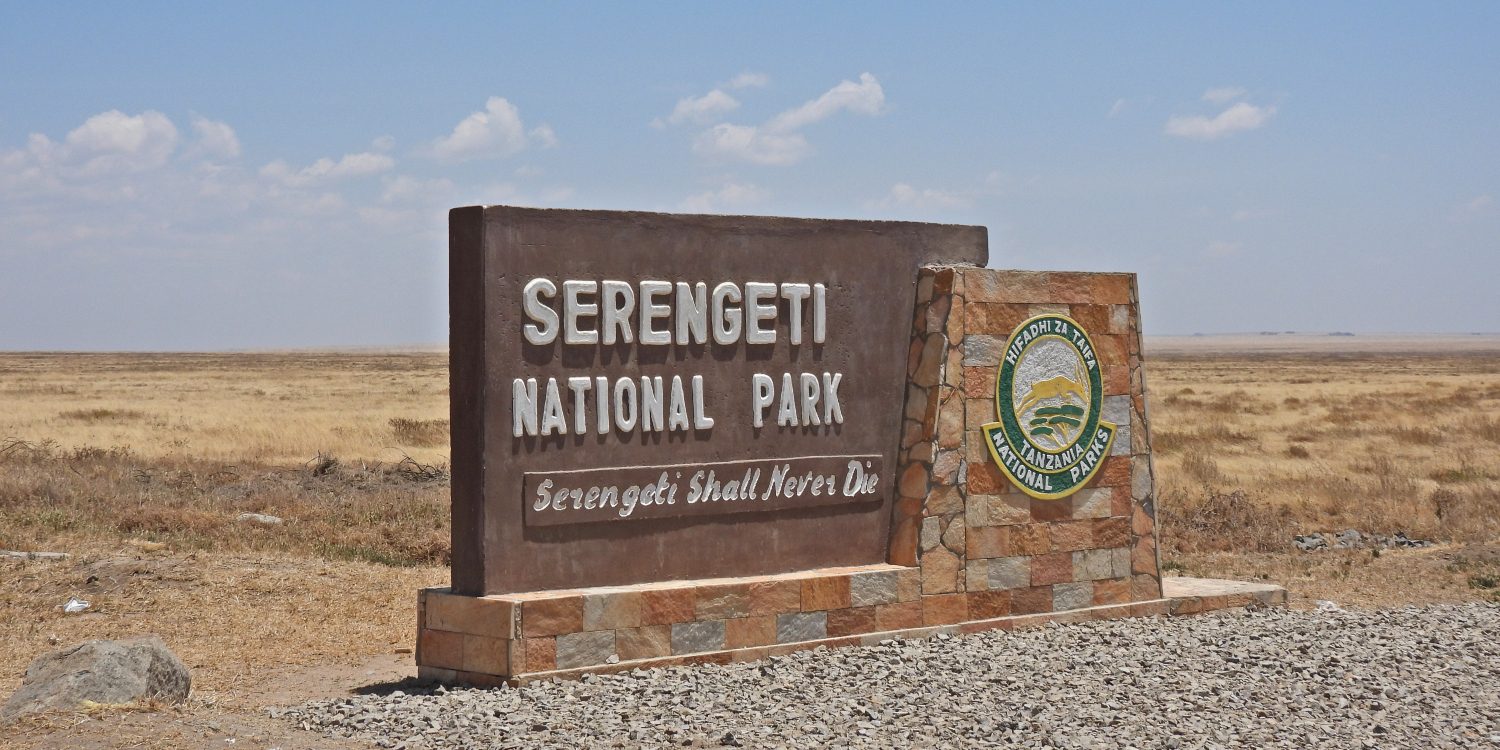
Ngorongoro Crater.
A multi-use area called the Ngorongoro Conservation Area is just next to the Serengeti. Unique landscapes abound in this protected area, which is home to a wide variety of animals and interesting civilizations. There are a several volcanic features in this area, but the Ngorongoro Crater is by far the most popular.
Even though it only covers 264 square kilometers, the Ngorongoro Crater is home to an abundance of species. Many ecotourists venture to the crater bottom in the hopes of spotting the Big Five: rhino, lion, leopard, and elephant. Wildebeests, cheetahs, impalas, hartebeests, elands, hyenas, foxes, jackals, and hippos are among the animals that may be seen.
A visit to a Maasai hamlet is an essential part of any trip to Ngorongoro. In the Ngorongoro, a 30-minute drive from the crater, this community lives in harmony with the animals. You may experience high-jump dancing, dress like a Maasai, and even herd cattle with these tribes.
Elevation of Kilimanjaro.
The world’s tallest freestanding mountain, Kilimanjaro, towers over every peak in Africa. The ascent to Kilimanjaro, at 5,895 meters (19,341 ft) above sea level, is an arduous yet rewarding trek. This peak is not challenging and may be attempted by climbers of all ages, as it is only a walk-up excursion. To succeed, climbing expertise is not required.
In an average climb of Kilimanjaro, the ascent and descent take five days. To improve your odds of success, nevertheless, we suggest adding an acclimatization day. If you’re not a skilled climber, you might die from altitude sickness if you don’t spend at least one more day at the mountain, particularly before you try to reach the peak.
The National Park of Tarangire.
Tarangire is located about 140 km from Arusha, the starting point of safaris on the northern circuit. The Serengeti and Ngorongoro Crater take center stage in this 2,850 km2 wildlife paradise, which is sometimes overshadowed by its larger sister parks. So, it only gets a small proportion of the travelers that are really interested in seeing the Serengeti or Ngorongoro Crater.
The greatest concentration of elephants on Earth is located in Tarangire. The 300-strong herds, the vast grasslands covered with acacia trees, and the enormous baobabs that emerge from the woods are the main attractions for visitors. The Tarangire River, which flows through the park’s center and into Silale Swamp to the south, is a vital water source for the animals that migrate there during the dry season.
The National Park of Lake Manyara.
A little park in northern Tanzania that is home to a diverse array of species, Lake Manyara is located close to Tarangire. Animals abound here, but the standouts are the pink flamingos and tree-climbing lions. You are probably aware that cheetahs and leopards are expert tree climbers, and that the lions of Lake Manyara are no different.
Pink flamingos are the show stoppers at Manyara Soda Lake, which is home to a plethora of other aquatic species. Their presence gives the lake a pinkish hue when seen from a distance. Primate, elephant, giraffe, buffalo, wildebeest, and zebra sightings are possible during game drives. In addition to the usual game drives, you have the option to schedule activities like as canoeing, night drives, treetop canopy walks, and boat excursions.
Park of Arusha.
Near the town of Arusha, you’ll find an amazing location called Arusha. Tourists travel there to scale Mount Meru, which is smaller than Kilimanjaro. Seated at an altitude of around 4,566 meters (14,980 ft), this inactive volcano ranks as Africa’s fifth-highest summit. Although it is a difficult hike in and of itself, others see it as a warm-up before climbing Kilimanjaro.
Animals abound in Arusha National Park as well. Big animals including zebras, elephants, buffalo, wildebeests, and giraffes are seen. Among the many monkey species found in the Ngurdoto Forest, which surrounds the Ngurdoto Crater, you may find colobus monkeys, olive baboons, and vervet monkeys.
Additional Locations Along the Northern Circuit.
Tahoe de Janeiro.
The northern Tanzanian lake that turns animals into stone, Lake Natron, is a popular tourist attraction despite its lethal reputation. Volcanic eruptions and the lack of any water source make it very alkaline, making it toxic to many types of life. Go there if you want to see flamingos.
It is Lake Eyasi.
One such remote northern destination that is well worth a visit is Lake Eyasi. Giraffes, hippos, zebras, and monkeys are among the species that call this place home. But the Hadzabe are Tanzania’s only surviving hunter-gatherer tribe, therefore many visitors flock there to meet them.
National Park of Mkomazi.
Many people don’t know about Mkomazi, perhaps due to its remote location. Its northeastern location makes it inconvenient for tourists to visit in conjunction with other parks, like as the Serengeti and Ngorongoro Crater. The abundance of animals in Mkomazi, however, never fails to excite anyone fortunate enough to set foot there. The best spot to spot the Big Five is still a well-kept secret.
That is all.
A tranquil safari zone, the northern circuit of Tanzania is well worth a visit. Kilimanjaro foreign Airport processes the majority of foreign flights, hence this circuit is conveniently accessible. We can show you the best places to visit on this flourishing safari route.
